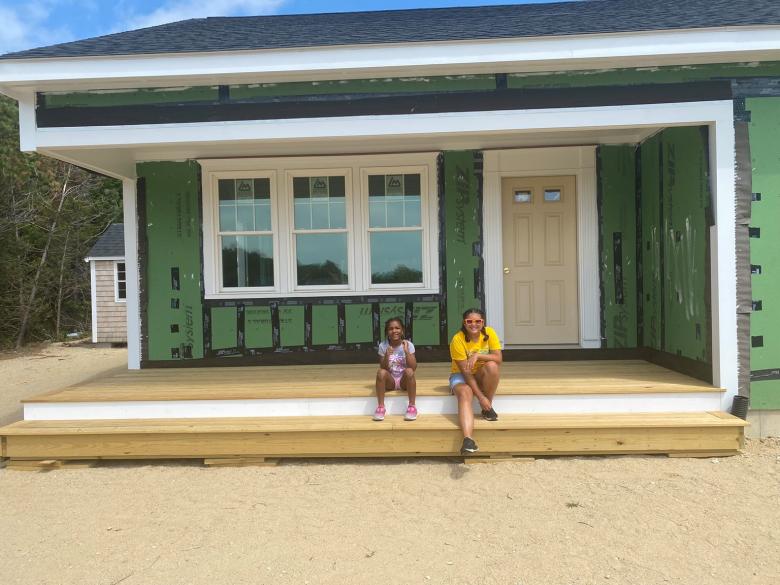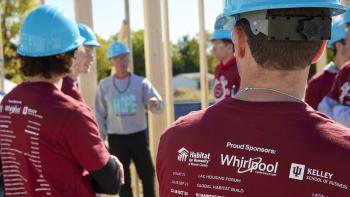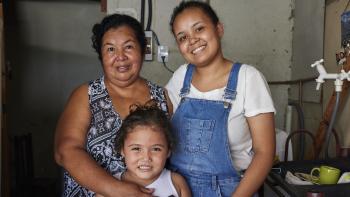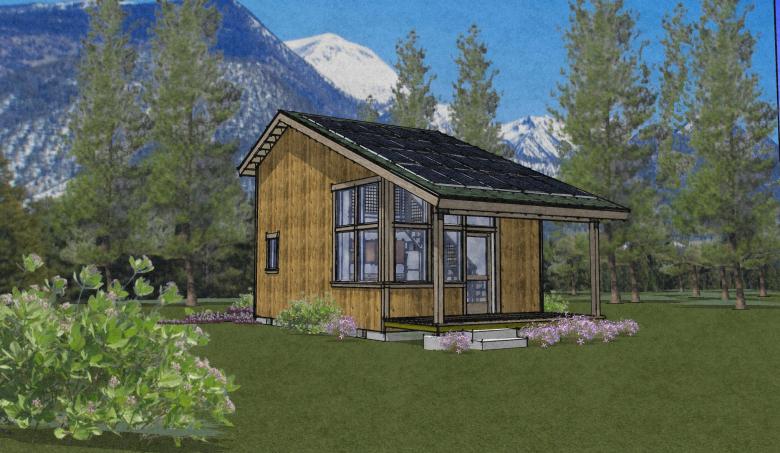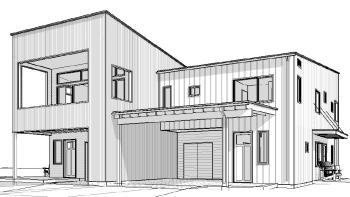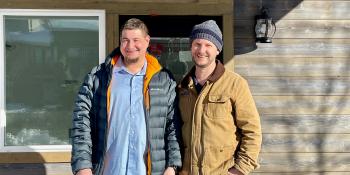3. Share.
Everyone has a relationship with housing, and it can be impactful to share why housing is important to you.
Share your housing story (what housing has meant to you or why you advocate for affordable housing) with friends, neighbors and local officials and invite them to share their story in return.
4. Join.
Find local organizations, like Habitat, already advocating for adequate, affordable housing in your community. Existing housing groups and coalitions can facilitate events, help shape policy priorities and connect you with community members with similar interests.
5. Mobilize.
Encourage your friends, family and neighbors to join in your efforts for adequate, affordable housing. More housing advocates taking action means more and better housing policies.
6. Celebrate and reflect.
Meaningful change can often take time. Remember to pace yourself and cherish every win — big or small — along the way. If wins are slow to come, reflect on the relationships you’ve built through advocacy within your community and know that every action you take is a step in the right direction.
Habitat’s advocacy in action
Habitat has seen just how powerful housing advocates are in shaping their communities.
For example, Habitat Wake County in North Carolina leads an advocacy ambassador program that equips residents with tools and resources to be effective changemakers. Advocacy ambassadors attend trainings to prepare for a local lobby day where Habitat volunteers raise housing-related concerns with elected officials.
With support from local advocates, Habitat Wake’s efforts have led to many notable wins, including helping to secure $80 million for an affordable housing bond in Raleigh, North Carolina.
In South America, Habitat Brazil became a key member of the global Zero Evictions Campaign. With Habitat’s help, residents brought awareness to the roughly half a million Brazilians facing the threat of eviction through public demonstrations, petitions, handwritten letters and media coverage.
The residents’ advocacy work influenced their Supreme Court to place nationwide moratoriums on evictions, which Habitat Brazil estimates prevented 160,000 forced evictions.

